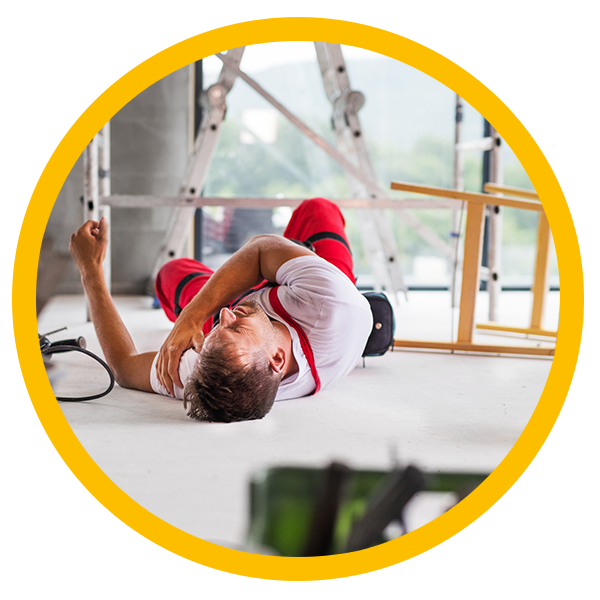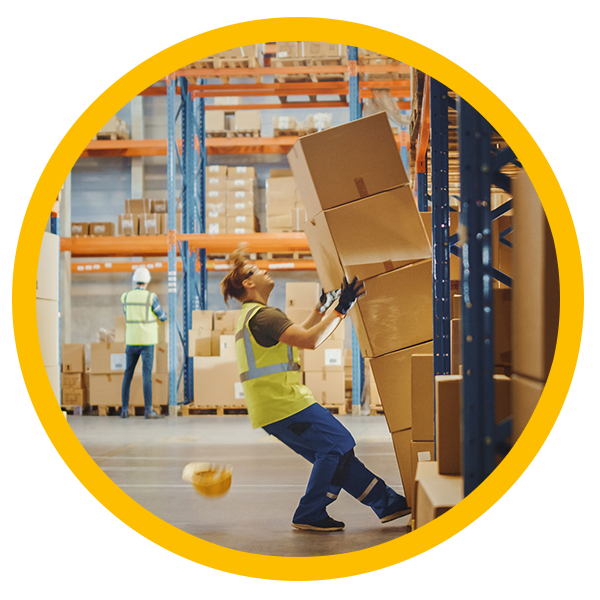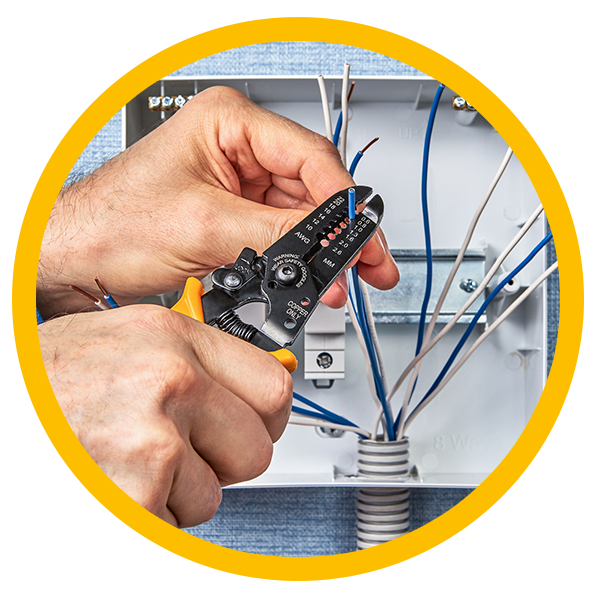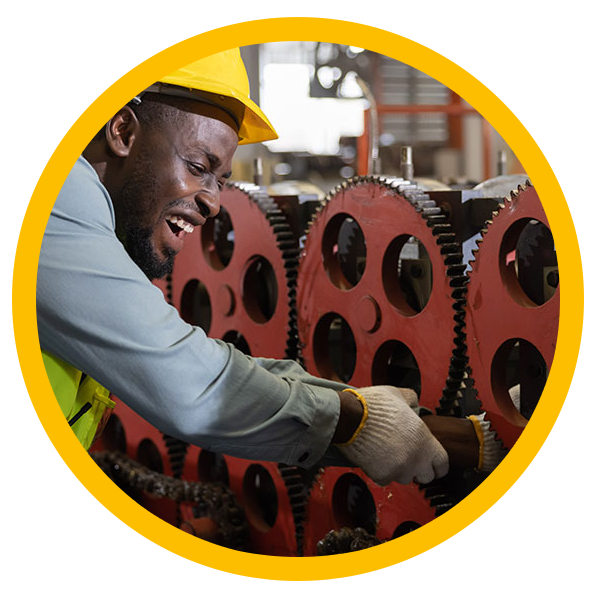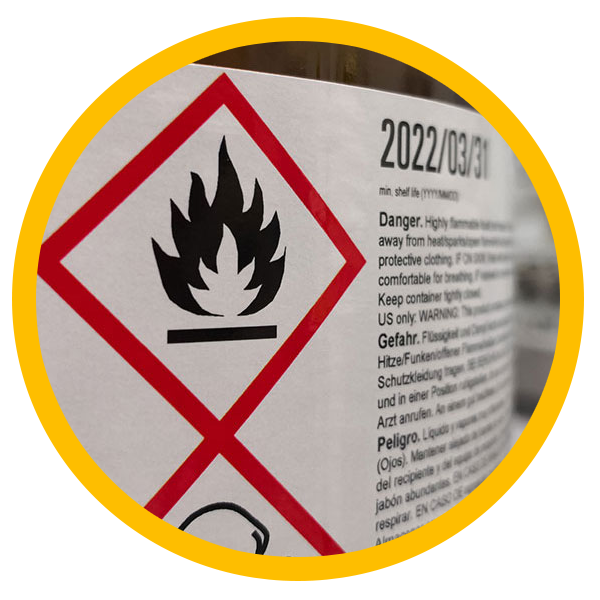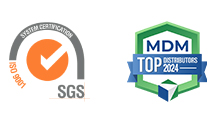According to OSHA, “the ‘Fatal Four’ are the most common causes of worker deaths on construction sites in America.
As of 2019, one in five worker deaths last year were in construction.” OSHA states “The ‘Fatal Four’ were responsible for more than half (58.6%) of the construction worker deaths…. Eliminating the ‘Fatal Four’ would save 591 workers’ lives in America every year.”
The tragedy is that, with the right training and equipment, many of these deaths were preventable. The following are the key causes of construction industry deaths and the steps that can be taken to prevent them by applying the right equipment and training.


